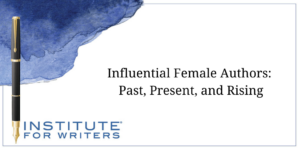
Influential Female Authors: Past, Present, and Rising
We’re going to look at influential female authors of the past, those impacting the present, and whom the industry expects to make a big splash.
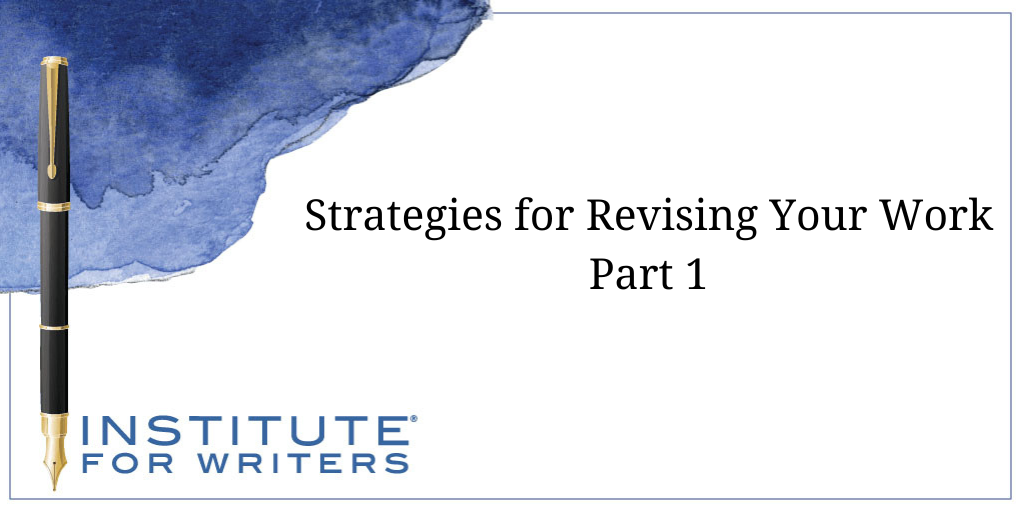
There are many ways to revise a piece of writing and this blog post will highlight some of them. Look for more revising tips in our next post.
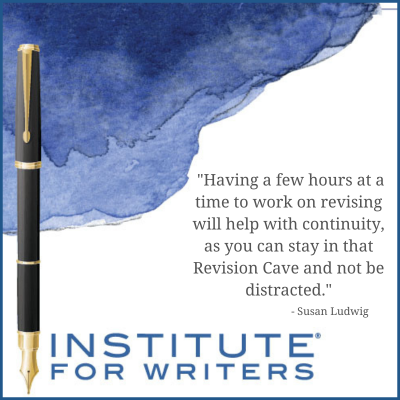 From reading the previous blog post you realize the importance of revision—so, let’s look at some strategies writers use to review and revise their written draft. If you have a completed draft available, it may be a good time to grab it, although it is not necessary.
From reading the previous blog post you realize the importance of revision—so, let’s look at some strategies writers use to review and revise their written draft. If you have a completed draft available, it may be a good time to grab it, although it is not necessary.
A good initial revision strategy is to revisit and review your original idea. You may have notes written down or in a file, or even an outline of your writing plan. Compare that information with what you have actually written and decide whether you need to make changes based on your initial plan or if you are happy with the intentional or unintentional changes you made as you wrote.
You may be satisfied with how you have drafted the story or article, even if it is a bit of a change from your initial idea. Often, a manuscript is a successful melding of an originally planned idea and a few changes as the story or article takes shape.
Many writers like to use the revision strategy of creating a post-draft outline of their written work. To try this method, go through each paragraph or section of the draft’s text and jot down a few words to summarize what it is all about. After the outline is complete write each summarized idea on its own card.
 The notecards can be rearranged, and alternate versions of the manuscript can be explored. The summarized outline format can often show unclear or weak areas, and those that do not logically flow.
The notecards can be rearranged, and alternate versions of the manuscript can be explored. The summarized outline format can often show unclear or weak areas, and those that do not logically flow.
The highlighter approach can work as a revision technique for some kinds of writing, usually with nonfiction. As an instructor with the Institute, I review many students’ manuscripts and when I read an assignment aloud, I sometimes find myself saying the same random word again and again, sometimes five times in a paragraph. For example:
Jon felt timid when he was near the older kids on the playground. His mother mentioned just this morning that there was no need to feel timid about anything. He was a strong, nice boy, not a timid one. He looked to the sky, then out at the sixth graders. Then he decided not to be timid at all and asked the black-haired boy with the kind eyes if he could be on his team.
When I come across repeated instances of the same word (it almost all cases, it does not have to be used again and again) I highlight those words for the student. It is interesting that those writers who repeat the same word in one paragraph will usually do it again in another paragraph, obviously not realizing they are not varying their word choice.
 If repeating words is something you find yourself doing (read your text aloud and listen carefully to what you are saying,) swap out some instances of the popular word for synonyms. In the example above, instead of using timid, the writer could use shy, fearful, or nervous instead. This revising strategy may sound obvious, but good word choice is essential to good writing.
If repeating words is something you find yourself doing (read your text aloud and listen carefully to what you are saying,) swap out some instances of the popular word for synonyms. In the example above, instead of using timid, the writer could use shy, fearful, or nervous instead. This revising strategy may sound obvious, but good word choice is essential to good writing.
Another useful revision strategy is to print out your manuscript. Cut apart each paragraph or section and lay these pieces of paper on a table or another flat surface (maybe the floor) in their original order.
Spend some time considering ways to rearrange what you have written – or keep it as it is if you decide it all sounds fine. You may even find that you will delete some paragraphs as you look at them closely, realizing that they are not moving the story or article forward.
I listened to a podcast recently that featured a successful mystery writer. She was discussing how she revises her lengthy manuscripts – the podcast host wondered if she has a particular strategy. The writer’s admission was somewhat amazing.
She prints out the entire book-length manuscript – often over 300 pages and lays it out all over her house (after making her family leave for the weekend – one perk of being a thriving writer). Then she sets out to rearrange her sections and chapters, completely immersed in the task for days. When she feels satisfied with what she has come up with, she gathers all the pages and gets to work moving text around in her computer.
This technique may be especially helpful if a writer is using flashbacks, alternating characters’ points of view, and assuring effective foreshadowing since it is often tricky to figure out how to best present parts of the story until the content is closely analyzed.
Try out some revision techniques to see which you feel comfortable with. Next week we will present a few more ways to review and improve your written work.
Susan Ludwig, MA has been an instructor with the Institute of Children’s Literature for almost twenty years. Susan’s writing credits include teacher resource guides, English language learner books, and classroom curriculum for elementary through high school students. A former magazine editor, she assesses students’ written essays as a scoring director for the ACT and SAT exam. When she is not writing or working, she is usually found playing with her grandsons or curled up with a good book.

We’re going to look at influential female authors of the past, those impacting the present, and whom the industry expects to make a big splash.
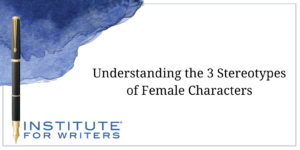
This week, we’re focusing on how we as writers can create strong female characters that others will look up to, instead of harmful stereotypes.
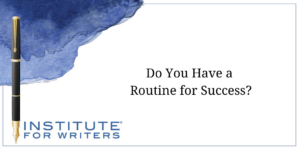
Is your writing routine reaching its potential? Maybe it’s time to take another look so you can see what’s possible for your writing.
1000 N. West Street #1200, Wilmington, DE 19801
© 2024 Direct Learning Systems, Inc. All rights reserved.

1000 N. West Street #1200, Wilmington, DE 19801
© 2025 Direct Learning Systems, Inc. All rights reserved.

1000 N. West Street #1200, Wilmington, DE 19801
©2025 Direct Learning Systems, Inc. All rights reserved. Privacy Policy.